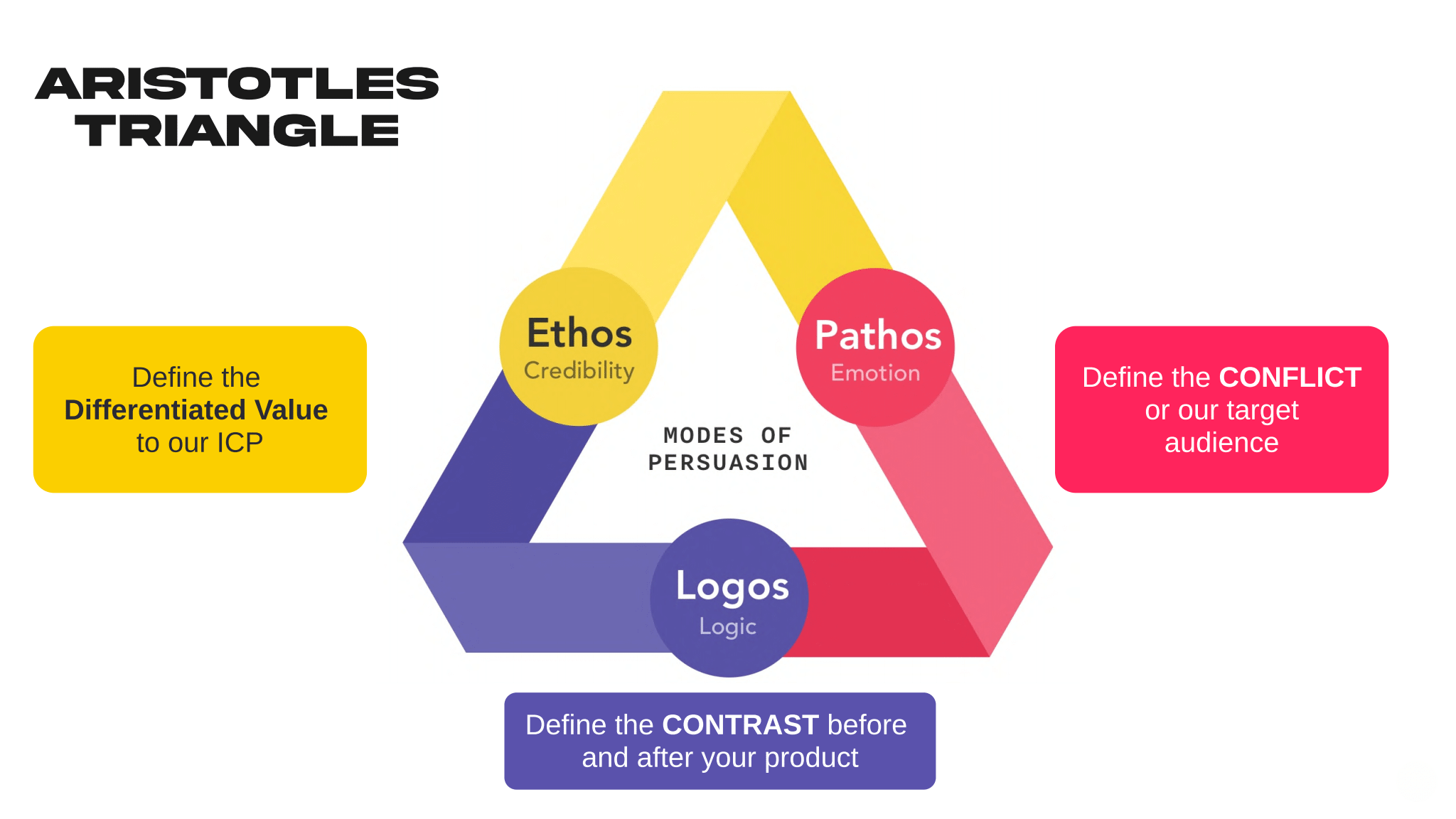This article is based on Elliott Rayner’s talk at the Product Marketing Summit in Amsterdam. As a PMA member, you can enjoy the talk in its full glory here.
Whether I’m running PMA’s storytelling course or hosting the Storyselling podcast, I always like to ask product marketers the same question: what’s your biggest challenge when it comes to storytelling?
The answer is almost always the same: it's time.
Most product marketers feel like they don't have enough time to tell an informative and inspiring story. It's easy to understand that struggle when you look at the world around us. We're living in an age of information overload.
Let me give you some statistics to show you what I mean:
- Each of us consumes about 34 gigabytes of information every day.
- Our laptops typically have up to 10 open tabs at any given time – so even when you're getting your message to your target audience, you may only have 10% of their attention.
- The average watch time for a TikTok video is just 3.3 seconds.
As a product marketer, this presents a huge challenge. How on earth am I supposed to grab my audience’s attention in just 3.3 seconds? You might wonder.
Well, it’s actually possible to tell a story in less than one second – if you understand the science of storytelling.
One-second stories: The power of visuals
To prove that you can tell a story in just one second, I’m going to show you three simple photos. Just take a look and see what story comes to mind.
Let’s start with the one on the left. What story do you see here?
That’s right – the cat changed its mind. Within a single second, you get a full story arc. You can sense a beginning, a middle, and an end to the story. You can probably even relate to that cat, imagining its experience, why it made that decision, and where it’s at now.
Now, let’s move on to the middle image. What story do you get from seeing these two people?
A proud mother, right? What I love about this one is not only can we identify these people’s relationship, but we can also feel the emotions We recognize the setting, the outfits, the age gap, and the looks on their faces. This is the incredible power of human perception – we can identify emotions and scenarios instantly.
Finally, what comes to mind when you see the image on the right?
For me, it was fear. I took that picture on the walk home from the grocery store. I saw that message on my watch, and in a split second my mind built a whole story – someone had broken into my house, and they were in my kid’s bedroom. My heart dropped. Thankfully, a second later, I remembered my wife was at home.
In short, it’s incredible how quickly we can build entire narratives.
The art of story distillation
My favorite book of the year is Storyworthy by Matthew Dicks, a champion storyteller (seriously!). According to Dicks,
“Storytelling can be summarized as a single moment of realization, revelation, or transformation.”
Whether it's a 1,000-page book, a three-hour movie, or a long quarterly campaign, at the heart of every story is that single moment of change.
That’s where the art of distillation comes in to play. In the same way that brands like Smirnoff and Grey Goose distill their vodka down to its purest form, we have to distill our product stories down to that single moment of realization, revelation, or transformation.
As product marketers, we’re no strangers to this process. It’s what we do every single day. We take something incredibly complicated and make it concise. We take something extremely technical and make it simple. Or, we take something mundane and make it exciting.
You’ve likely had the experience of starting at a new company, sifting through mountains of research, and trying to figure out what exactly it is that the company does. It’s your job to distill all of that information into something clear and compelling – whether it’s a single line, a landing page, or a quick explanation you could give to your grandmother over the phone.
The aim is to achieve something similar to what you just saw in those three images – a minimum viable story. You want to provide the least amount of information while evoking the maximum amount of emotion, just like the graduation photo did.
The ingredients of a great story
Before we can craft and distill a compelling story, we need to understand the core ingredients that make it great. To do this, let’s look back over 2,000 years to Aristotle's triangle.
At its core, storytelling is about persuasion – and, according to Aristotle, persuasion comes down to three foundational elements:
- Emotion
- Credibility
- Logic
The good news? Product marketing is perfectly positioned to excel in all three of these areas, more than anyone else in a company.

Logic: The power of contrasts
Let’s start with logic. It’s all about defining contrasts – the “before and after” of your product, your reality, or your user’s experience.
Think about every storytelling framework you’ve ever encountered – whether it’s the hero’s journey or another model. At the core of all of them is the concept of contrast: order and chaos, black and white, light and darkness, good and bad. This contrast is what creates value.
As a product marketer, you need to be an expert at communicating these contrasts. What was life like for your user before your brand? What’s life like with your product versus without it? How does your feature compare to competitors’?
The more effectively you communicate these contrasts, the more value you create.
Emotion: The spark of conflict
Emotion is often driven by conflict. Think back to the example I gave earlier with the watch – if you’re a parent, that might have sparked a sense of fear.
The challenge with emotion is that it’s subjective. We all experience emotions differently. If you’re watching a comedy with your partner, you might both laugh, but one of you will laugh harder. With a horror movie, one of you will be more scared than the other. Emotions are relative.


















 Follow us on LinkedIn
Follow us on LinkedIn



.svg?v=f84e366086)